This section will assist in gaining a deeper understanding of key coaching considerations and function of players of short stature:
There are two main types of short stature:
•Disproportionate short stature (DSS): Where arms and legs are particularly short
•Proportionate short stature (PSS): A general lack of growth in the body, arms, and legs.
Over 200 variations of restricted growth are considered ‘dwarfism conditions’, the most common being achondroplasia.
An individual participating in sports can be involved in most activities, and the Dwarf Sports Association UK (DSAuk) is one of the leading organisations for sports for people with dwarfism conditions.

DSAuk believes sport is essential for participants’ development and peer integration. Many restricted-growth athletes access and enjoy a spectrum of sports. Golf is an extremely popular activity for people with restricted growth. EDGA has worked closely with the DSAuk to develop a coaching and player pathway for golfers with restricted growth.
Restricted growth, sometimes known as dwarfism, is a condition characterised by unusually short height.
There are 2 main types of restricted growth:
- proportionate short stature (PSS) – a general lack of growth in the body, arms and legs
- Causes of PSS – The most common cause of PSS is being born to small parents, but it’s sometimes the result of the body not producing enough growth hormone.
- Certain genetic syndromes, such as Turner syndrome, Noonan syndrome and Prader-Willi syndrome, can also cause PSS.
- disproportionate short stature (DSS) – where the arms and legs are particularly short
- Causes of DSS – A rare genetic condition called achondroplasia is the most common cause of DSS. It causes poor bone growth, resulting in short upper arms and thighs.
- It doesn’t always run in the family – many children with achondroplasia have parents of normal height.
- The Restricted Growth Association UK has more information about achondroplasia and other rare types of restricted growth.
As well as being short, some people with restricted growth also have other physical problems, such as bowed legs or an unusually curved spine.
But most people don’t have any other serious problems and are able to live a relatively normal life, with a normal life expectancy.
Read more about the symptoms of restricted growth
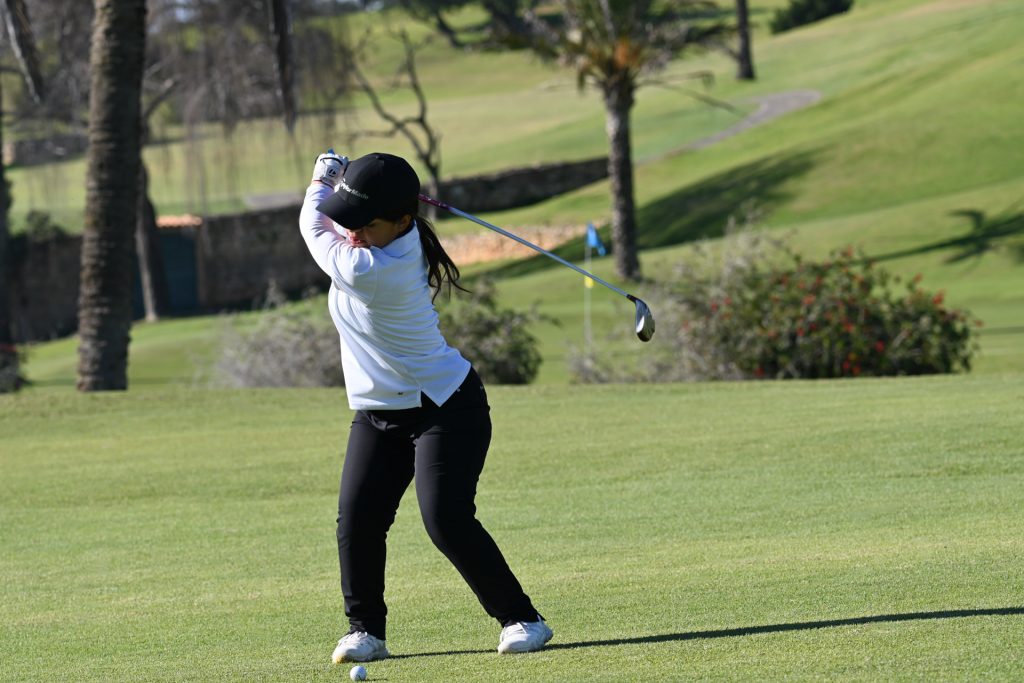
Diagnosing restricted growth
Restricted growth may be diagnosed before a child is born, soon afterwards, or when growth problems become more obvious as they get older.
Growth hormone deficiency is usually diagnosed using growth hormone stimulation tests.
Medicine is injected into a vein or muscle to cause an increase in growth hormone levels in the blood. A lower than normal level indicates a deficiency in growth hormone.
A brain scan will be needed to look at the pituitary gland (which produces growth hormone) if blood tests show low levels of growth hormone.
If one or both parents have a family history of a condition that causes short stature, their baby can be tested for this during pregnancy (prenatal diagnosis).
Read more about screening tests in pregnancy.
Treatment for restricted growth
Treatment with growth hormone injections may benefit some people with restricted growth and can help a child with the condition grow more than they otherwise would.
In cases of DSS where the legs are particularly short, a leg-lengthening procedure is sometimes used, but there’s some uncertainty about its safety and effectiveness.
Read more about treatments for restricted growth
Regular exercise can make a big difference to the lifestyle and well-being of a person with restricted growth.
There are several skeletal and potential joint-stability problems that golf coaches should bear in mind when working with participants with restricted growth:
- Many people with achondroplasia have a kyphosis or scoliosis of their spine. Constant shock to the back can cause damage to this area.
- Participants may have spinal stenosis, a pinching of the spinal column caused by restricted space within the vertebrae for the spinal column to pass through.
- People with restricted growth can have quite relaxed joints and instability in their elbows, hips, and knees. This is usually seen in extremely flexible joints. However, this can be advantageous in developing greater motion, swing arc length, and speed. Many athletes have bowing of the legs, which may result in problems with their ankles and affect pressure distribution within the golf swing.
However, the more involved individuals are in regular exercise, the better the muscle tone around problem areas is maintained, and, therefore, the more stable these joints become.
- Talk to the golfer, complete your research into their individual condition, and be prepared to share your findings in your next coaching session with the individual.
- Provide a selection of modified equipment – different lengths, weights, materials, and handle sizes, and support the player with a professional equipment fitting when appropriate.
- When using traditional equipment, ensure that the static and dynamic ‘lie-angles’ are suitable for developing control over direction and consistency.
- Relate the game to other sports. Players with restricted growth are usually very active in different sports, so the coach can find commonalities to draw upon in the golf coaching session.
- Restricted growth players can produce high levels of clubhead and ball speed. These players can frequently develop sequenced motion patterns, which may include more head rotation to maximise swing/arc length.
Player Stories
Gain further insights to how golfers with short stature play via the EDGA Player Stories – Click on the following Player Stories to read and listen to EDGA Player Stories.
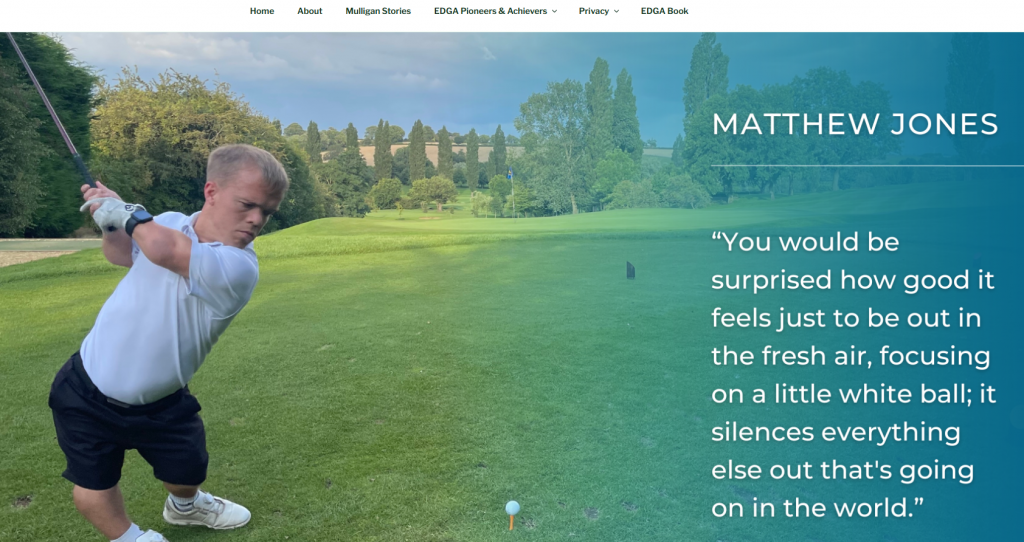
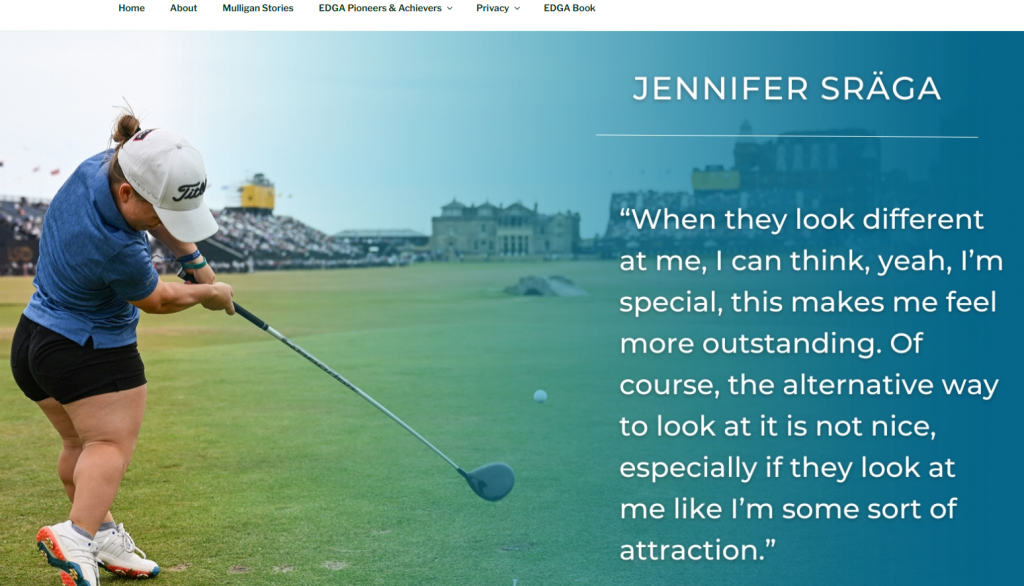
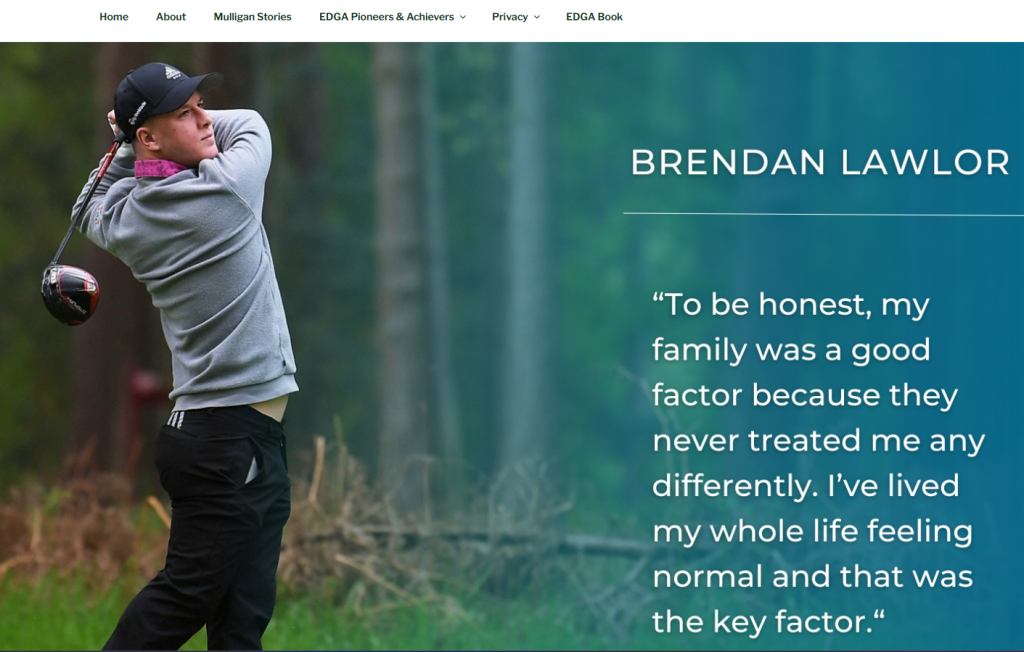
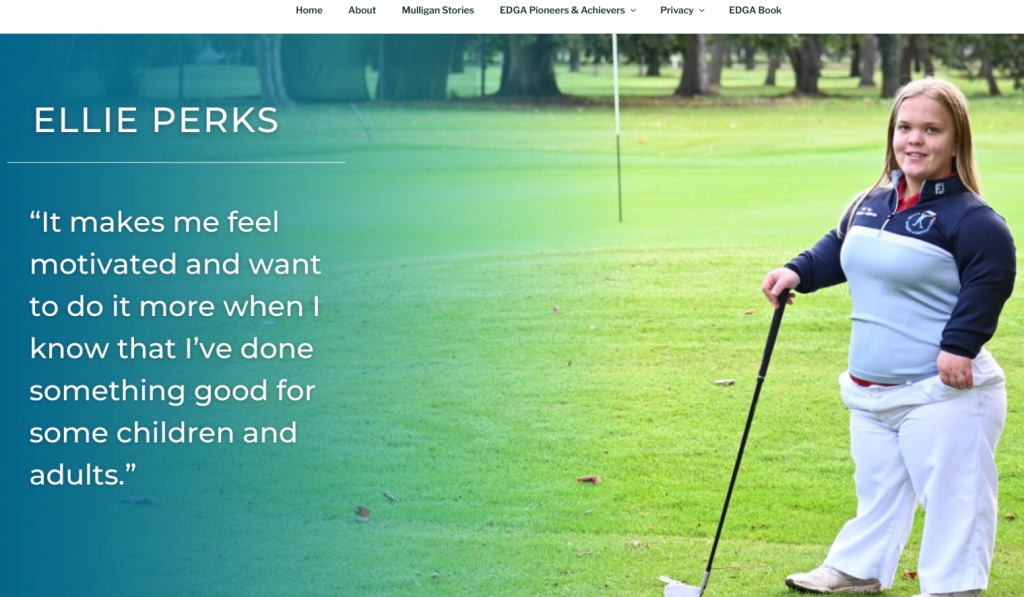
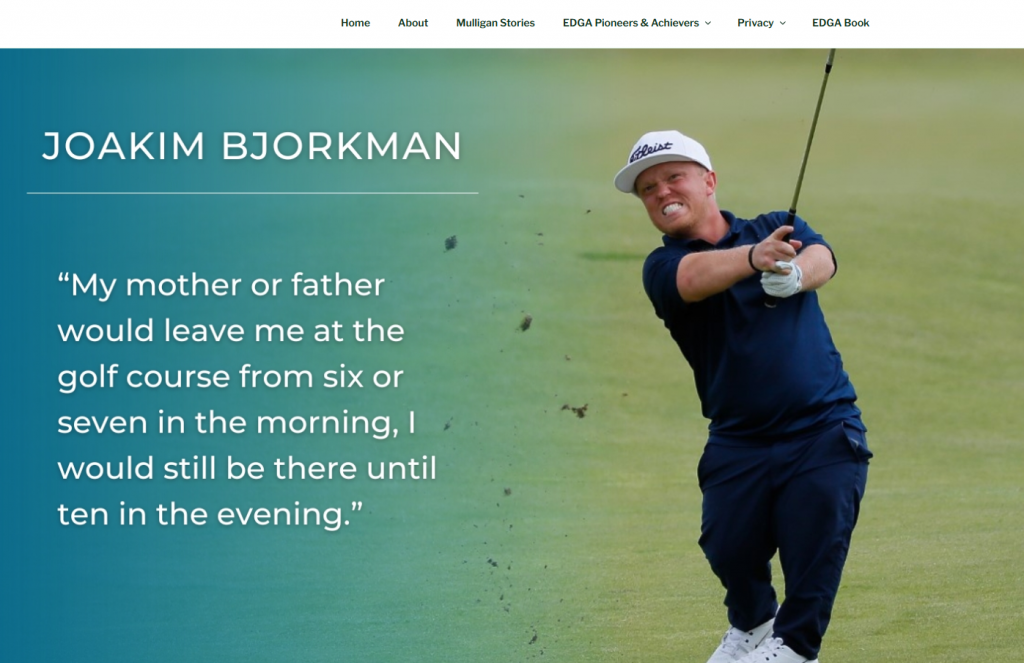
Further Player Stories can be found via clicking on the image link below:

*This material remains the intellectual property of the EDGA development team and may not be distributed or used further without written consent from the EDGA development team.
